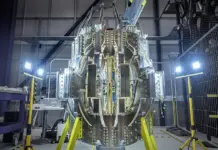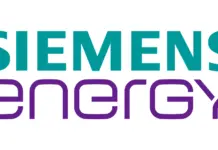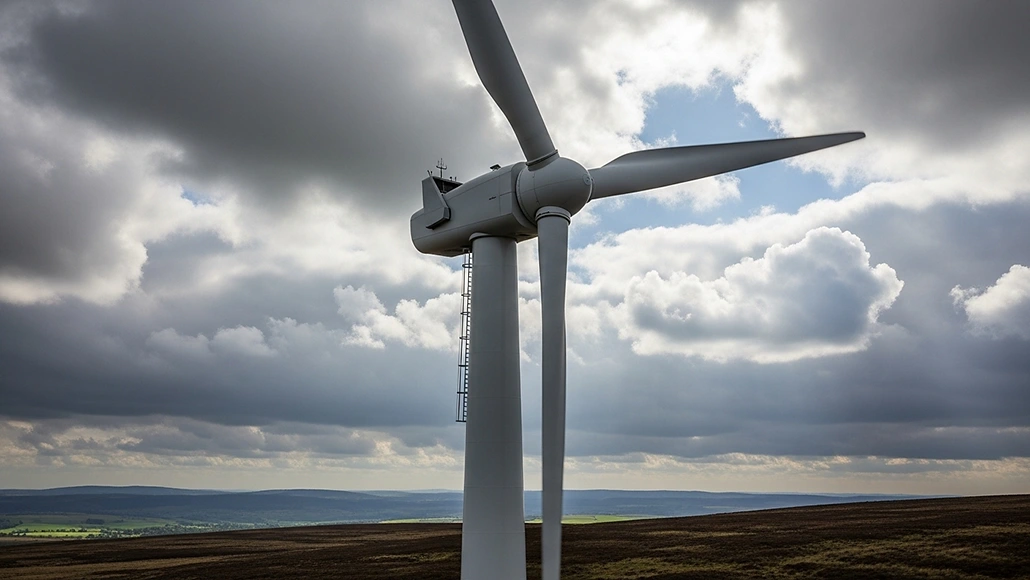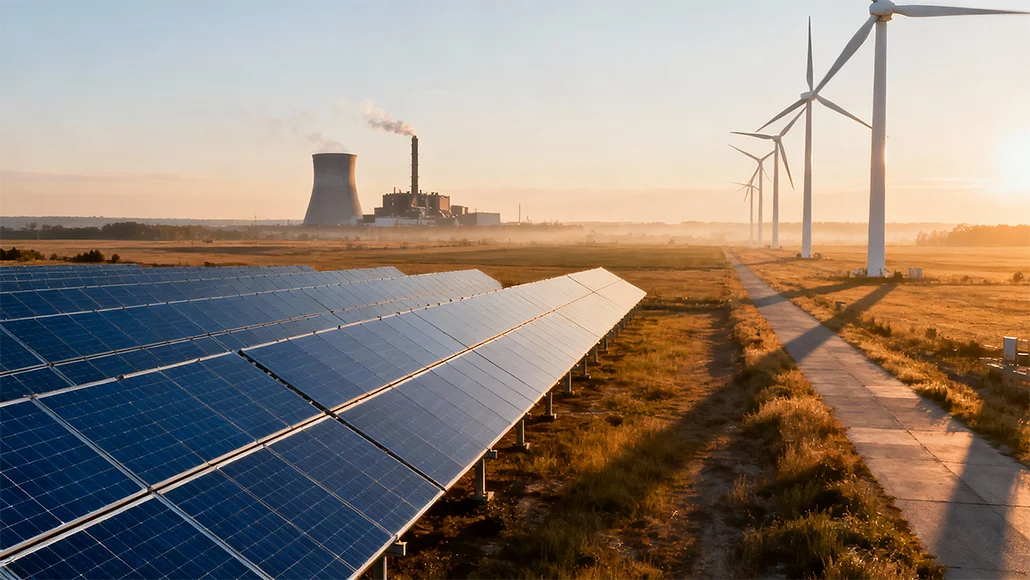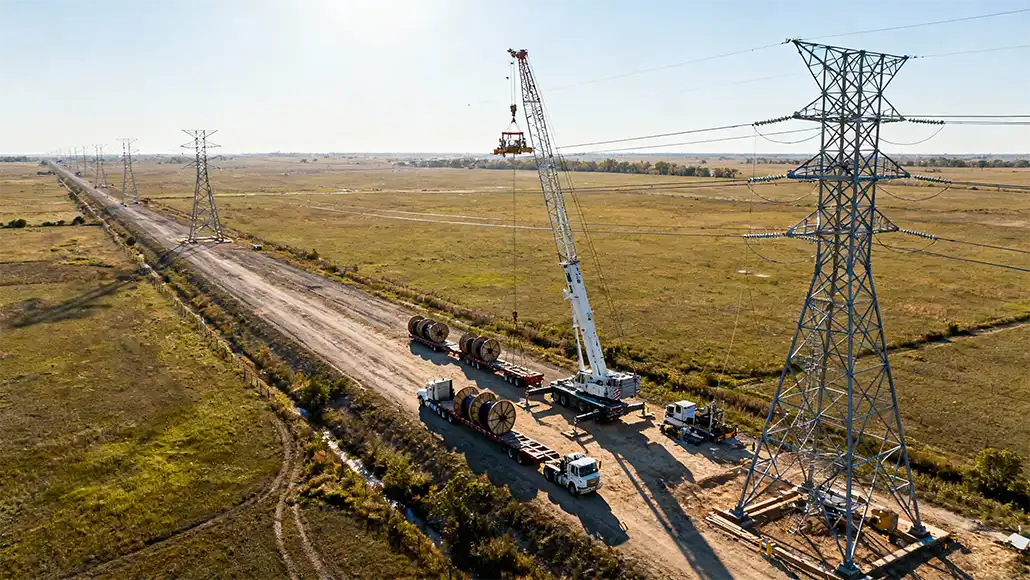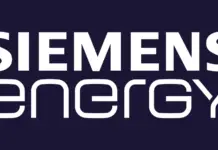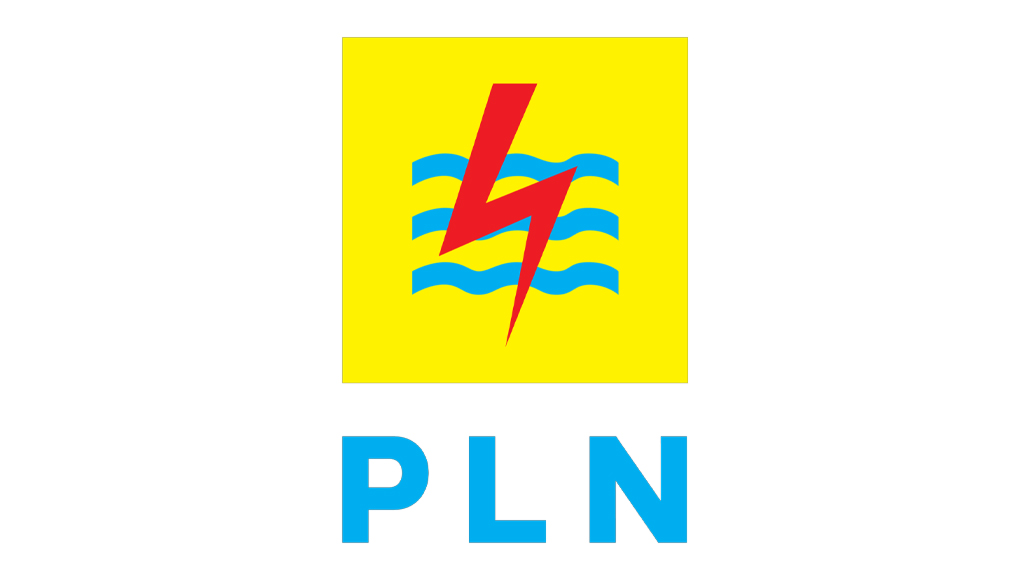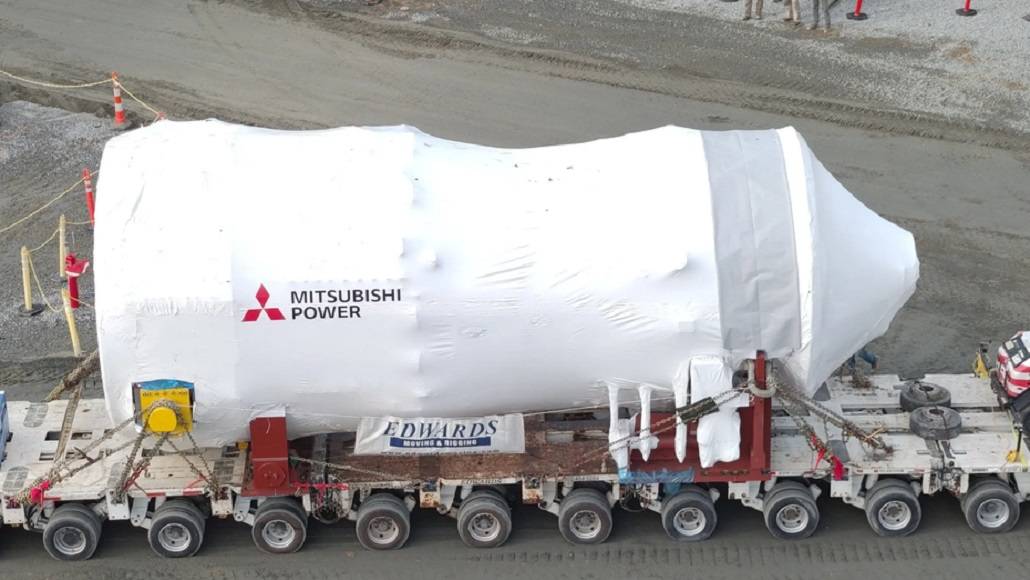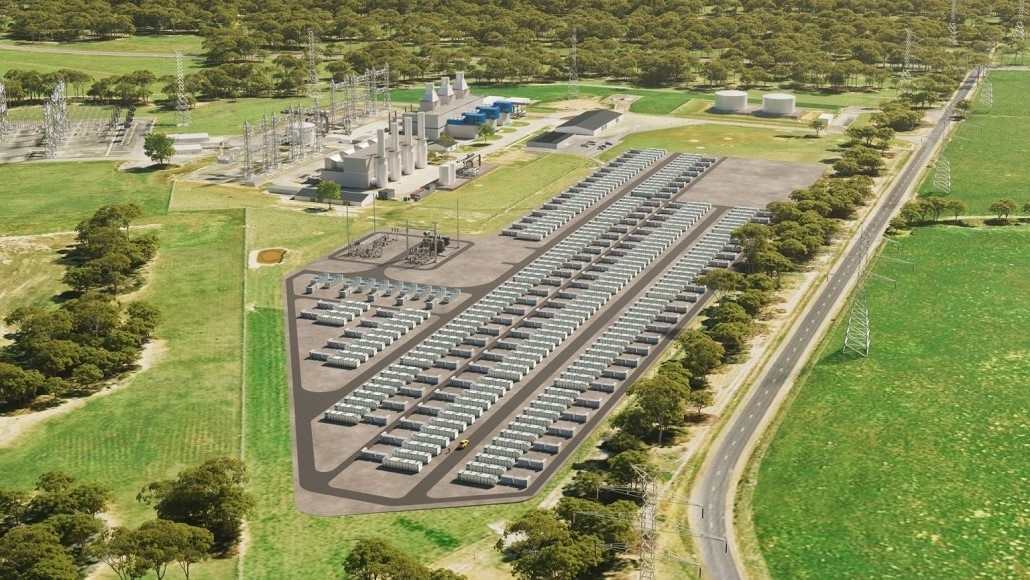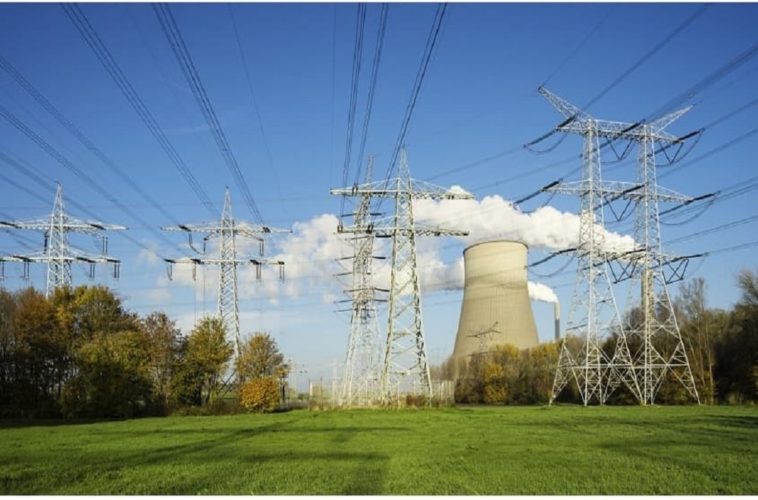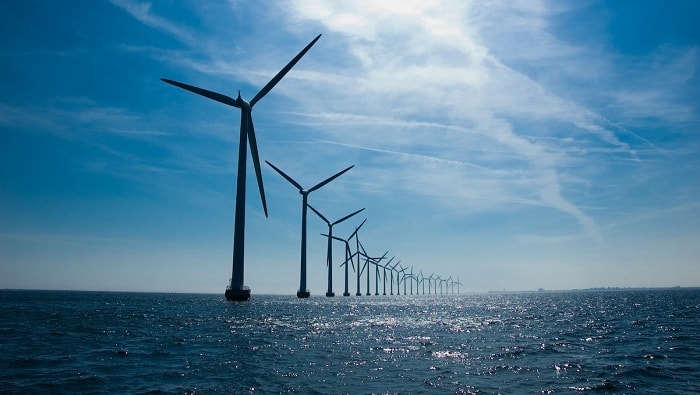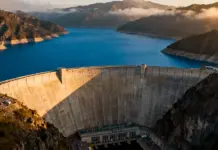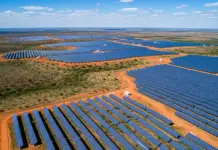The European Commission – EC has gone ahead and approved the addition of five new cross-border renewable energy (CB RES) projects to the official list of CB RES. Because of this latest round, overall, 13 projects now happen to hold the CB RES status, hence granting them the eligibility to apply for financial support as per the CB RES window pertaining to the CEF Energy program.
These newly added projects are as under-
- Utilitas Eleja-Jonišķis Wind Park: The project that spans the Latvian-Lithuanian border, the onshore wind park, is all set to reach 200 MW in terms of installed capacity starting in 2028, thereby offering a robust boost when it comes to renewable energy supply throughout both countries. The project happens to be strategically located so as to connect to the 330 kV Viskaļi–Mūša transmission line and hence, in a way, upgrade the regional grid balance along with independence of energy.
- Liivi Bay Offshore Wind Farm: This project looks forward to delivering a large-scale offshore wind farm based in the Baltic Sea. Built on the Estonian waters at the Gulf of Riga, it is going to be radially connected to the Estonian national grid and is anticipated to reach around 1 GW of installed capacity and at the same time also generate electricity starting in 2031. The wind farm is going to contribute to the overall objective of Estonia of producing 100% of electricity coming from the renewable sources by the end of the decade, while at the same time also supporting the energy transition in Latvia.
- Medlink Renewable Generation (MedGen): It is a benchmark North-South cooperation project that looks forward to installing 10 GW of solar as well as wind capacity in Algeria along with Tunisia, having a dedicated battery storage system. The couple of 2 GW HVDC interconnectors are going to export almost 22.8 TWh/year of clean electricity across Italy, which, by the way, would be outside the scope of the cross-border renewable energy projects. This goes on to make MedGen truly a flagship initiative that boosts sustainable development, regional integration, and also energy diversification efforts by the EU.
- Twin Heat: This project is going to decarbonize the district heating systems when it comes to the twin cities Słubice, situated in Poland, and Frankfurt, in Germany, by way of the installation of renewable-based heating infrastructure, which includes the likes of biomass boilers along with cross-border heat exchange. The project is indeed a superior example of thermal energy integration that contributes to lower emissions, increased energy efficiency, and also cleaner air within the urban heating systems.
- Comprehensive Offshore Renewable Energy Studies (CORES): This project goes on to pave the way for groundwork when it comes to the future cross-border rollout of the floating offshore wind energy project based in Portugal along with the cooperation from Luxembourg. It is going to evaluate the offshore wind zones, reinforcements in grids, and auction models, thereby helping to unleash almost 10 GW of offshore wind capacity across Portugal. The project also goes on to foster collaboration around port infrastructure and green hydrogen, along with energy system planning.
It is well to be noted that all these projects indeed hold the key to strengthening the energy security of Europe by way of promoting cross-border cooperation and at the same time speeding up the rollout of renewable energy technologies that are in support of the energy and climate objectives of the EU.
Apparently, this adopted list has now been submitted to the European Parliament along with the Council for a 2-month period in terms of scrutiny, and by the way, this period may as well be extended by another 2-month period upon request, and it will only get formally published in the Official Journal post this period, and hence enter into effect after 20 days.


